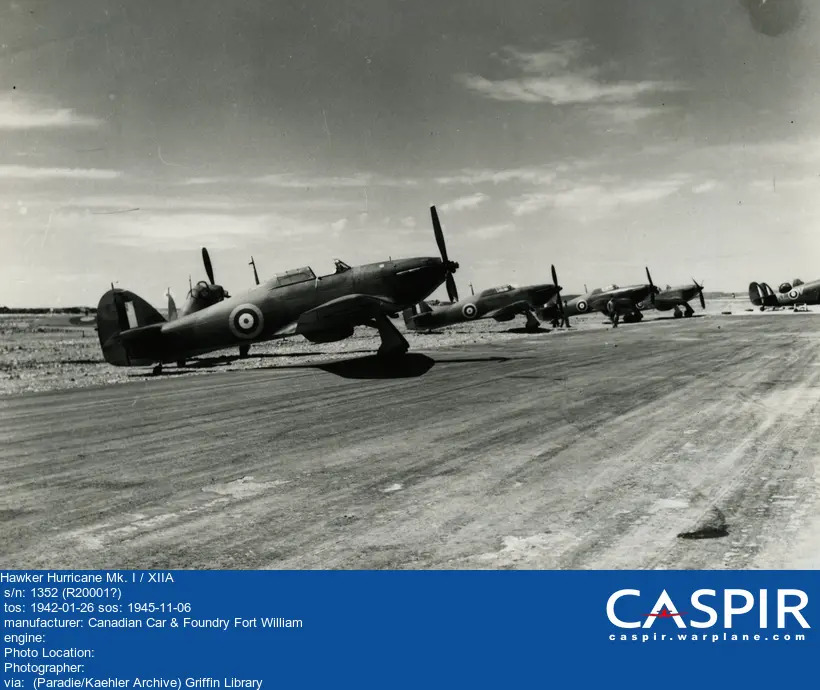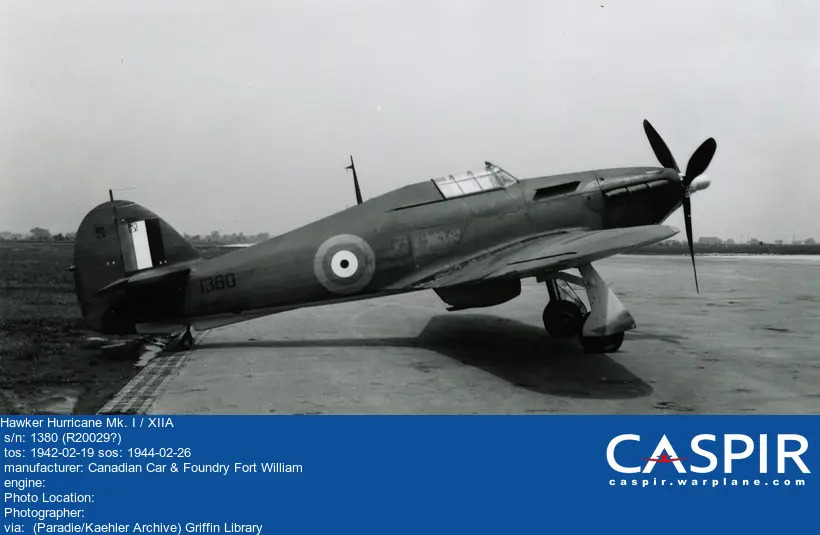- Yes
- No
Hello, I’d like to suggest another one of the Canadian-built(and operated) Hurricanes: an up-engined one based on the Canadian-built Hurricane Mk I.
History:
Due to various specifications sent out in 1924 by the British Air Ministry, along with talks with RAF figures, would lead Sydney Camm to designing a monoplane based on the Fury. Tho it took a few redesigns and a freshly designed engine for Rolls-Royce, that would be known as the Merlin engine, before it would be accepted to be made a prototype. This would be accompanied with the predictions that 8 or more machine guns would be needed on future fighters.
By August of 1935, the airframe would have been completed in Hawker’s facility in Kingston upon Thames, where it would be transported to an assembly shed that Hawker had. The prototype would have its first flight on the 6th of November in 1935. In early 1936, the prototype’s test flights would be completed, and it would be handed over for RAF trials. Along with that, the board of directors authorized the setting up and production of the aircraft before any official authorization. They would get orders for the aircraft and a name for the aircraft in June of 1936.
When the Second World War broke out, Canada had obsolete Siskin and Atlas biplanes for air defence. The RCAF tried to fill the void with Goblin and Kittyhawk fighters until the Hurricane production could get fully off the ground. As German air attack threats grew larger with their aircraft carrier Graf Zepplin, the RCAF proceeded to establish an air defence network to protect Canada. Most of the fighter squadrons under Canada’s Home War Establishment used Canadian-built Hurricanes. Out of this, there were two commands, Eastern Air Command (EAC,) who were tasked with defending the east coast, and even more so, Halifax’s strategic harbour; they were also tasked with coordinating air defence in the Atlantic region. They were also tasked with defending Newfoundland(when it was put under the protection of the Canadian military as it had yet to join Canada), the east coast fighters supported the Bomber–Reconnaissance Squadrons that flew out of Iceland under British Coastal Command. There was also the Western Air Command(WAC) that was tasked with defending the southern sector of the British Columbia coast.
More photos


Specs:
Length - 32ft 2in (9.81m)
Wingspan - 40ft 0in (12.19m)
Height - 13ft 0in (3.98m)
Engine - Packard Merlin 29
Power - 1,460 Hp
Max. Speed - 340mph (548km/h)
Range - 900mile (1,448km)
ARMAMENT
Machine Guns - 12 x 0.303" Browning